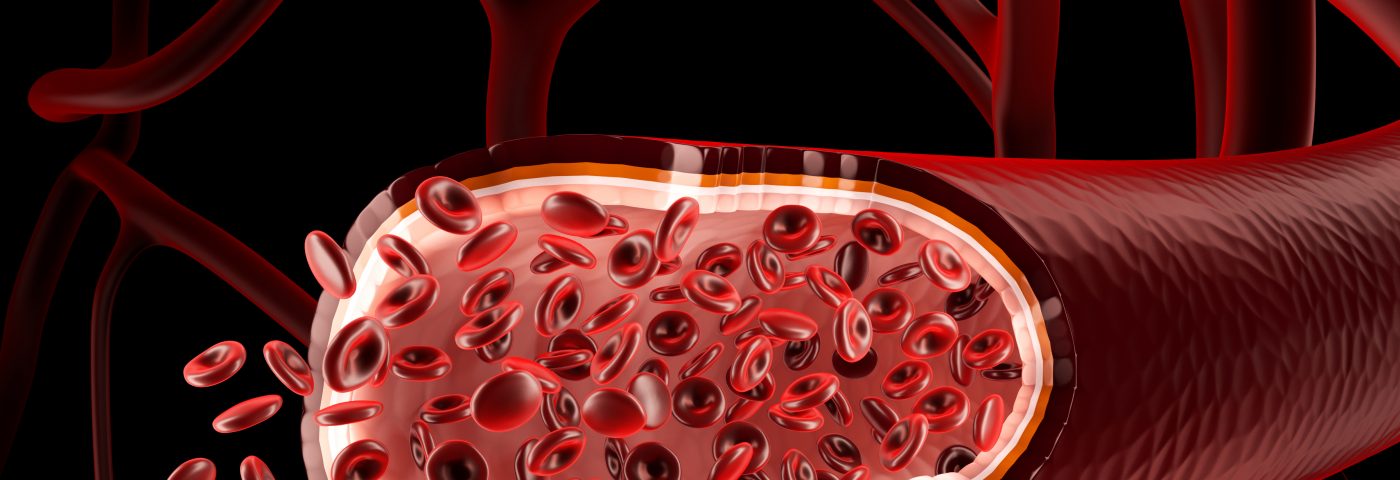Задачи к занятию 4 vascular insufficiency

1 Give the definition of vascular insufficiency
2 What are the main causes and mechanisms of the development of syncope?
3 What is the classification of fainting.
4 Clinical symptoms. List the clinical signs of diagnostic value in syncope.
5 Name the hereditary diseases manifested by fainting due to heart rhythm disturbances.
6 What are the current possibilities of instrumental diagnostics of syncope?
7 List the basic principles of therapy and prevention
Video 2 An Approach to Syncope 15 min
Clinical cases
Case 1
Patient S., 18 years old. In a stuffy room, general weakness, dizziness, loss of consciousness suddenly appeared. Objectively: the skin is pale and moist. Breathing is shallow 16 per minute. Muffled heart sounds, heart rate 100 per minute. Pulse rhythmic, soft, small filling. Blood pressure 80/60 mm Hg.
Signs, symptoms, syndromes. Your diagnosis? Management.
Case 2A 14-year-old patient, when trying to get out of bed, after a planned surgical intervention for varicocele, had a sharp weakness, dizzy. Loss of consciousness was not, the nurse called the doctor on duty.
1. What is the most likely diagnosis?
2. Etiology and pathogenesis of the disease.
3. treatment.
Case 3
A 10-year-old patient, with a diagnosis of acute hematogenous osteomyelitis of the right tibia, sharply worsened the condition after administration of ceftriaxone. On examination, there is a cooling of the limbs, acrocyanosis, marbling of the skin. The patient is delirious. Body temperature 40,80 С. Also, tachycardia and rapid breathing are determined, drop of blood pressure.
1. What is the complication of the patient?
2. Signs, symptoms, syndromes.
3. Etiology and pathogenesis of the disease.
4. treatment
Case 4Patient P., 55 years old, with rheumatoid arthritis received oral prednisolone and methindol. Suddenly there were pains in the epigastrium, heartburn, the pain intensified after eating. A few days later, repeated vomiting of dark masses appeared, severe weakness, dry mouth. On examination, the patient is pale. Pulse 116 beats. per minute of weak filling. BP 90/70 mm Hg The abdomen is soft, no muscle tension, locally painful on palpation in the epigastric region. Indicate symptoms, syndromes, follow-up examination, treatment.Case 5
Patient A., 54 years old. For several years he has been suffering from hypertension, for the last 2 years exertional angina. Yesterday, after a plentiful lunch with alcohol, there were sharp pains in the epigastrium, accompanied by vomiting. The condition is serious, the pulse is fast, small, 108 per minute. BP- 90/50 mm Hg. Indicate symptoms, syndromes, follow-up examination, treatment.
Case 6
A 60-year-old woman received bad news. She screamed and fell, losing consciousness.
On examination: pale skin, pulse 92 per minute, blood pressure 100/60 mm. Hg, deep breathing, vesicular, RR = 15 per minute.
Indicate symptoms, syndromes, follow-up examination, treatment.
Case 7
There was a train accident at the station 2 hours ago. The patient had a traumatic amputation of the left lower leg at the level of the middle third. There is pronounced bleeding with a pulsating stream of scarlet color. Consciousness is confused, blood pressure is 80/40 mm Hg. Art Pulse 124 beats per minute of weak filling and tension. Breathing is shallow.
Indicate symptoms, syndromes, follow-up examination, treatment.
- 4 февраля 2021, 12:43